Growing Juniper ‘Blue Star’ – Learn About Blue Star Juniper Plants
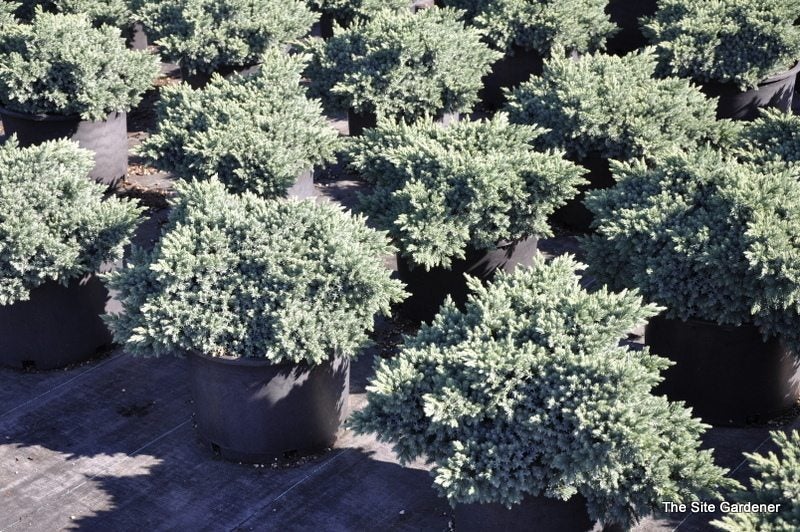

With a name like “Blue Star,” this juniper sounds as American as apple pie, but in fact, it is native to Afghanistan, the Himalayas, and western China. Gardeners love Blue Star for its thick, starry, blue-green foliage and its graceful, rounded habit. Read on for more information about Blue Star juniper (Juniperus squamata ‘Blue Star’), including tips on how to grow a Blue Star juniper in your garden or backyard.
About Blue Star Juniper
Try growing juniper ‘Blue Star’ as either a shrub or a groundcover if you live in an appropriate region. It’s a lovely little mound of a plant with delightful, starry needles in a shade somewhere on the boundary between blue and green. According to information about Blue Star juniper, these plants thrive in USDA plant hardiness zones 4 through 8. The foliage is evergreen and the shrubs grow into mounds some 2 to 3 feet (61-91 cm.) high and wide. You have to have patience when you start growing Blue Star, since the shrub doesn’t shoot up overnight. Once it gets settled in though, it’s a champion garden guest. As an evergreen, it delights all year long.
How to Grow a Blue Star Juniper
Blue Star juniper care is a cinch if you plant the shrub correctly. Transplant the seedling into a sunny location in the garden. Blue Star does best in light soil with excellent drainage, but it won’t die if it doesn’t get it. It will tolerate any number of problem conditions (like pollution and dry or clay soil). Don’t make it suffer shade or wet soil. Blue Star juniper care is a snap when it comes to pests and diseases. In short, Blue Star doesn’t have many pests or disease issues at all. Even deer leave it alone, and that is pretty rare for deer. Gardeners and homeowners usually start growing junipers like Blue Star for the texture its evergreen foliage provides to the backyard. As it matures, it seems to undulate with every passing wind, a lovely addition to any garden.
Gardening tips, videos, info and more delivered right to your inbox!
Sign up for the Gardening Know How newsletter today and receive a free copy of our e-book "How to Grow Delicious Tomatoes".

Teo Spengler is a master gardener and a docent at the San Francisco Botanical Garden, where she hosts public tours. She has studied horticulture and written about nature, trees, plants, and gardening for more than two decades. Her extended family includes some 30 houseplants and hundreds of outdoor plants, including 250 trees, which are her main passion. Spengler currently splits her life between San Francisco and the French Basque Country, though she was raised in Alaska, giving her experience of gardening in a range of climates.
-
 Moody Blooms For Spring: 8 Types Of Black Flowers To Add Drama To Spring Displays
Moody Blooms For Spring: 8 Types Of Black Flowers To Add Drama To Spring DisplaysFrom midnight burgundies to inky violets, several types of black flowers can enrich and embolden a spring display. Try these brooding bloomers for a moody garden
By Tonya Barnett
-
 Can Snake Plants Live Outside? Everything You Need To Know For Snake Plants Al Fresco
Can Snake Plants Live Outside? Everything You Need To Know For Snake Plants Al FrescoSnake plants can live outside given the right conditions, but be careful that they don't take over! Learn the best way to use snake plants in your landscape.
By Mary Ellen Ellis
-
 How To Grow A Potted Juniper: Caring For Juniper Trees In Containers
How To Grow A Potted Juniper: Caring For Juniper Trees In ContainersSmall juniper trees grow well in containers. Click here for information on how to care for potted junipers.
By Teo Spengler
-
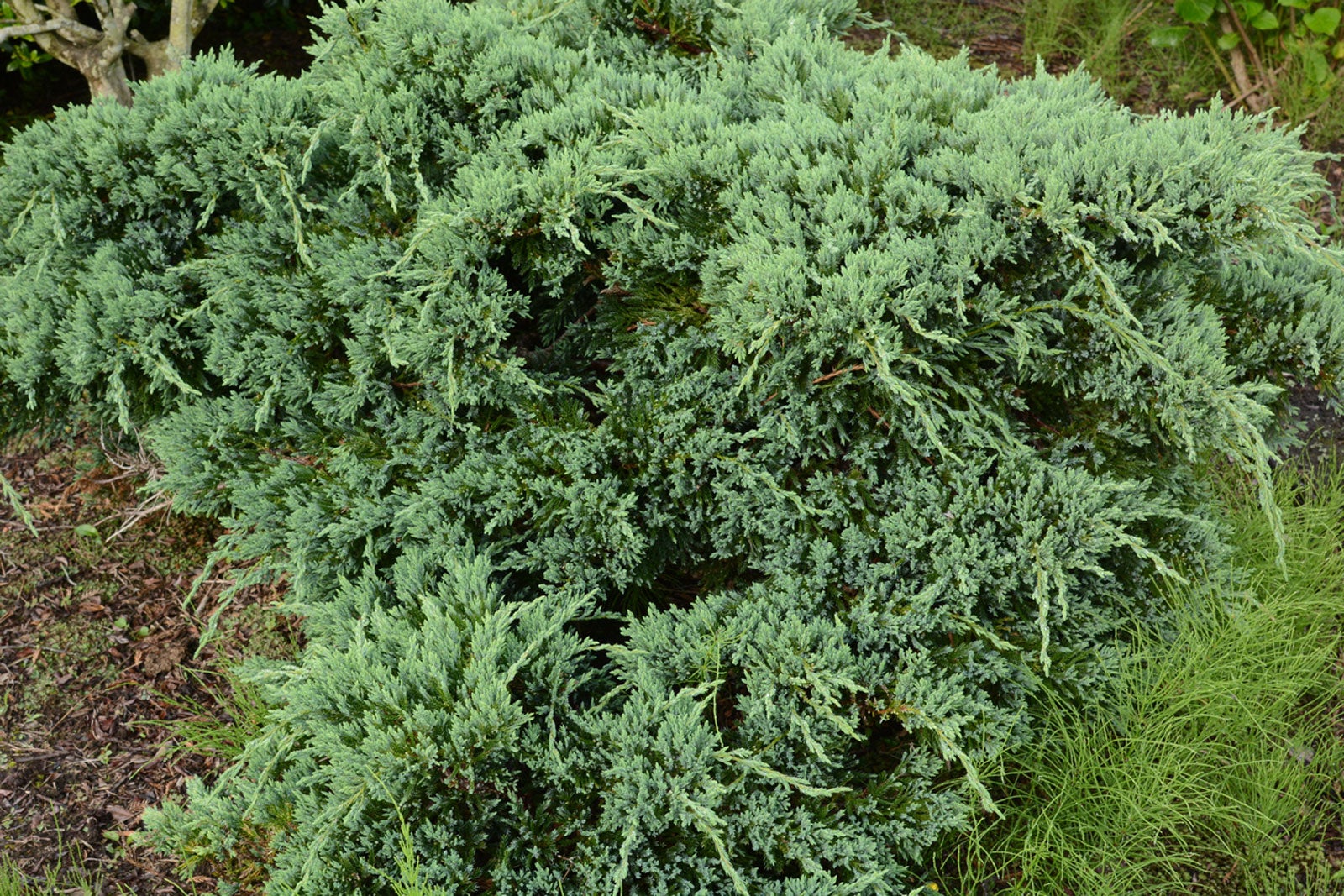 Japanese Juniper Care – How To Grow A Japanese Juniper Plant
Japanese Juniper Care – How To Grow A Japanese Juniper PlantIf you want a "set and forget" type of plant, Japanese juniper care is minimal and easy once established. For more information about this shrub of low heights and how to grow it in your garden, click the following article.
By Bonnie L. Grant
-
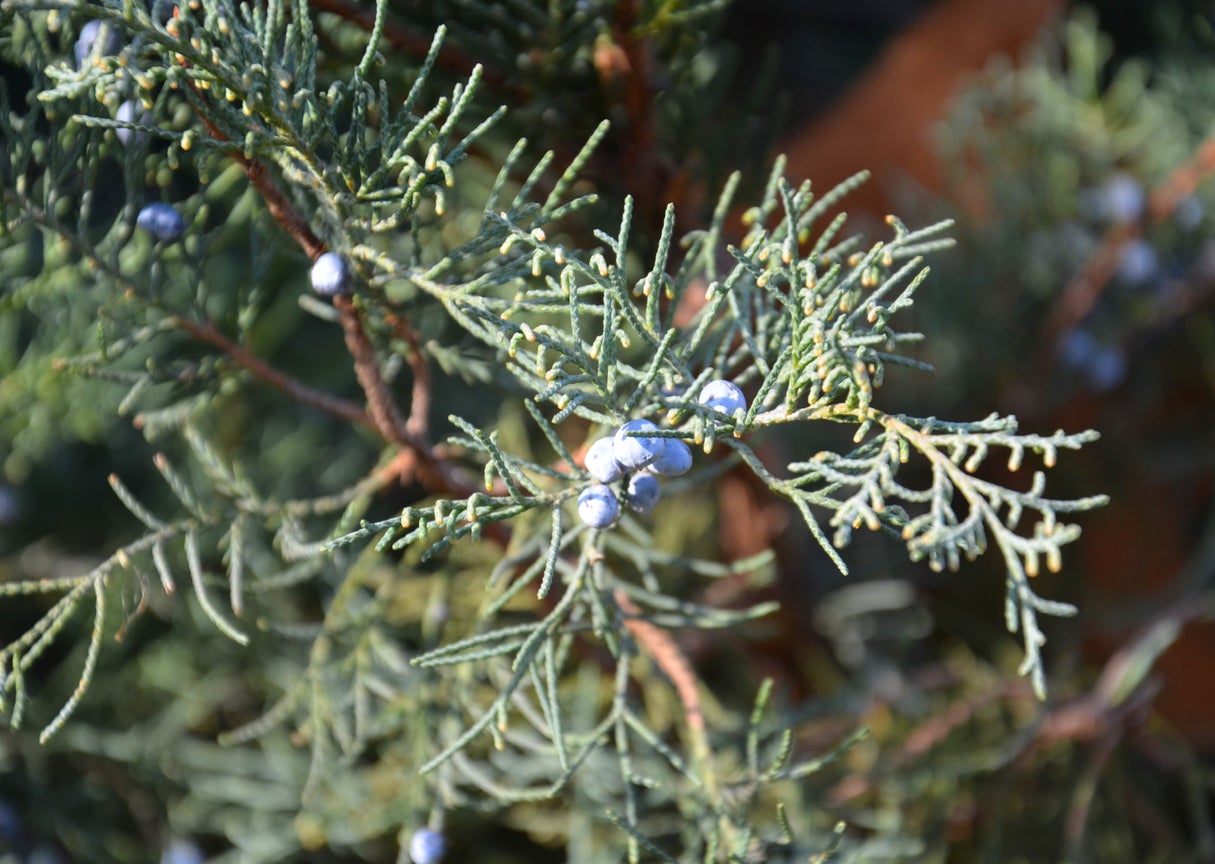 Mountain Cedar Information: Is Mountain Cedar Pollen Causing You Problems
Mountain Cedar Information: Is Mountain Cedar Pollen Causing You ProblemsMountain cedar is a tree with a common name full of contradictions. The tree is not a cedar at all, and its native range is central Texas, not known for its mountains. In fact, trees called mountain cedar are actually ashe juniper trees. Click here to learn more.
By Teo Spengler
-
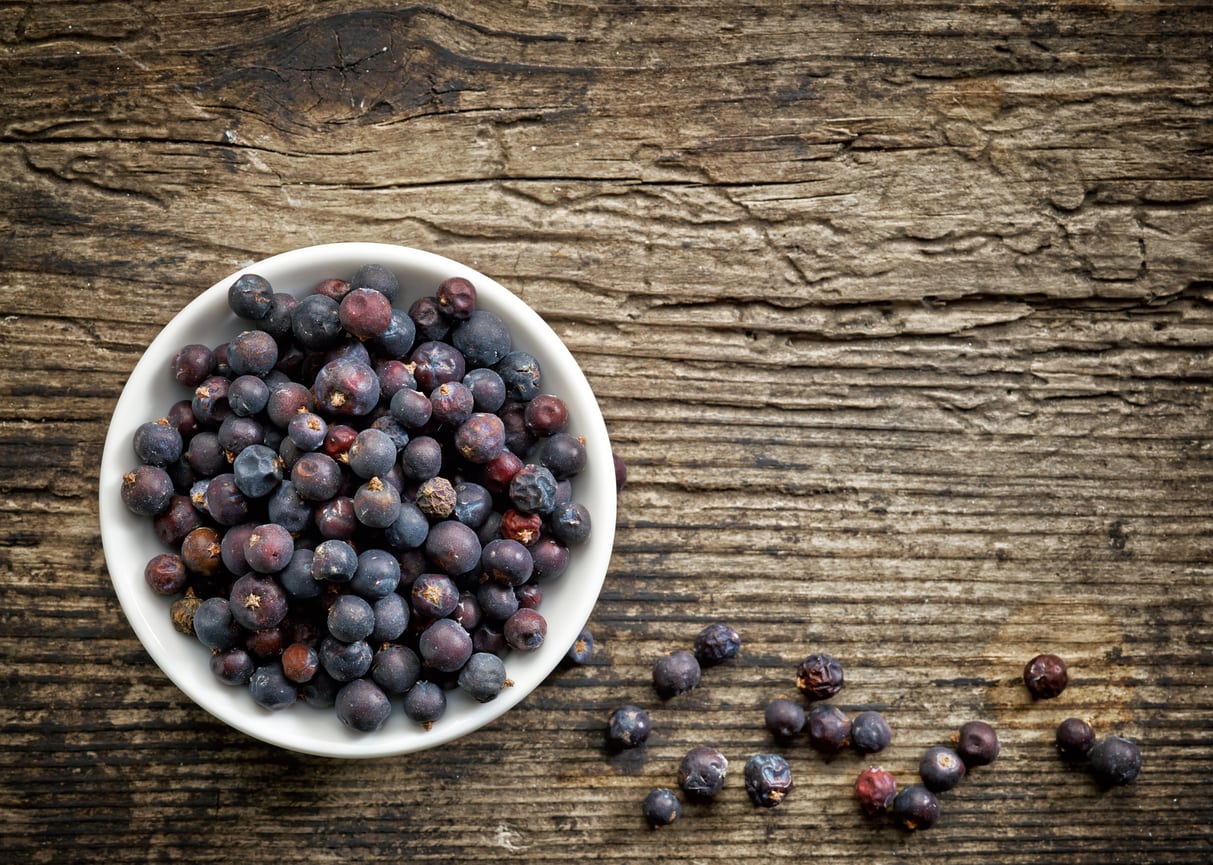 Are All Juniper Berries Edible – Is It Safe To Eat Juniper Berries
Are All Juniper Berries Edible – Is It Safe To Eat Juniper BerriesJuniper berries have been used as a strong flavoring for wine, mead, and other alcoholic beverages, as well as a spice for meats, stews, sauerkraut, and other dishes. Upon reading this, you may be wondering are all juniper berries edible? Click here for that answer.
By Darcy Larum
-
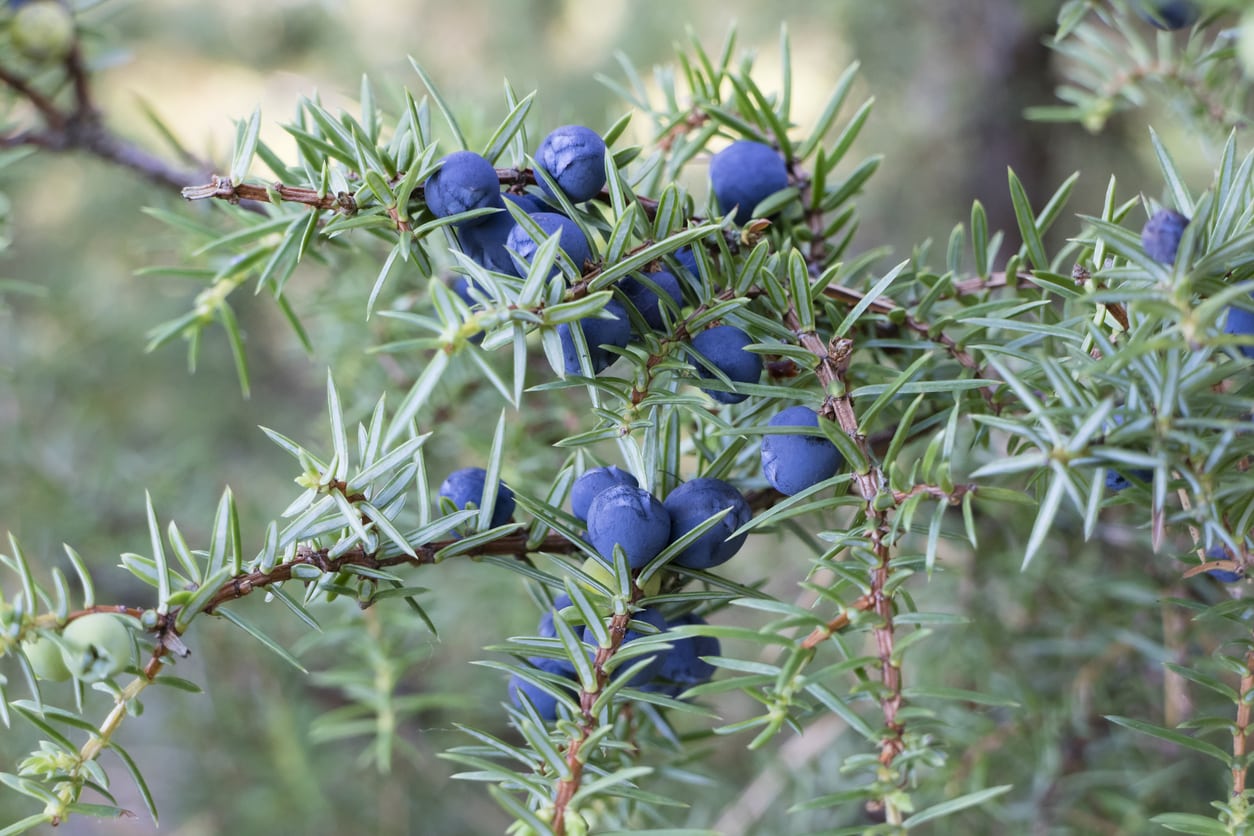 Juniper Berry Uses – What To Do With Juniper Berries
Juniper Berry Uses – What To Do With Juniper BerriesGiven that they are prolific and the fruit looks so much like a berry, the natural question is ‘can you eat juniper berries?” If so, what do you do with juniper berries? Click on the following article to find out how to use juniper berries along with some useful juniper berry recipes.
By Amy Grant
-
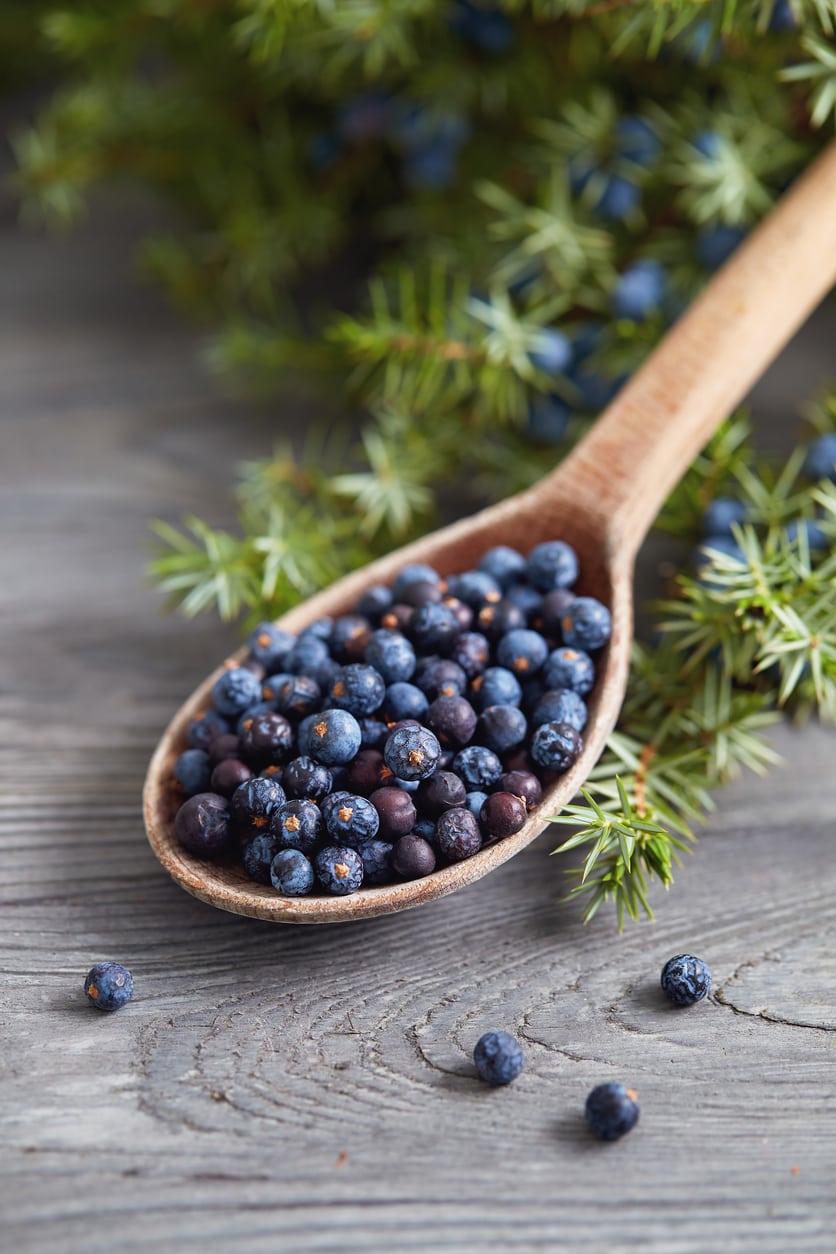 Juniper Berry Harvest Tips: How To Pick Juniper Berries
Juniper Berry Harvest Tips: How To Pick Juniper BerriesMany junipers produce berries that are toxic and inedible, but Juniperus communis berries are edible! Safe, aromatic and interesting, learn how to know which ones are safe how to harvest them.
By Bonnie L. Grant
-
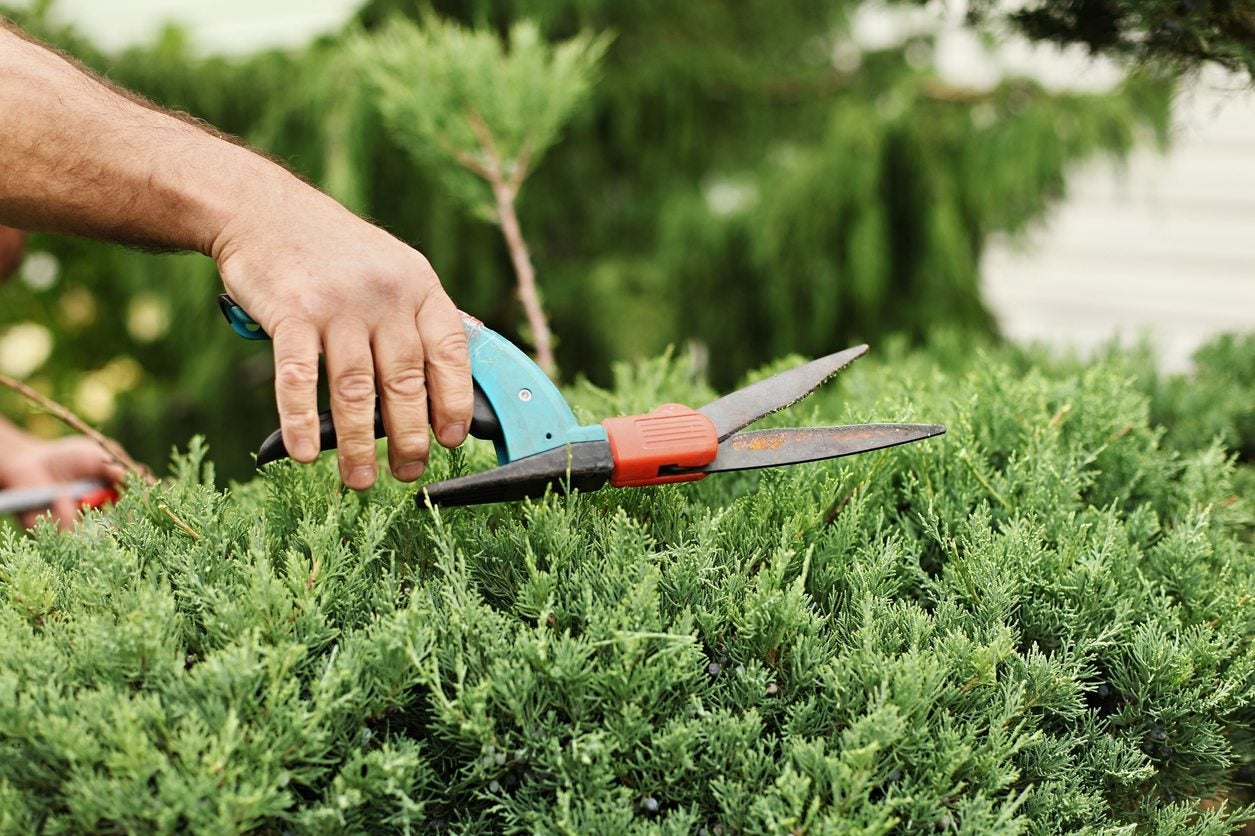 Can You Prune An Overgrown Juniper – Tips For Overgrown Juniper Pruning
Can You Prune An Overgrown Juniper – Tips For Overgrown Juniper PruningJuniper shrubs and trees are a great asset to landscaping. But sometimes, like the best things in life, they get away from us. What was once a smart shrub is now a wild, overgrown monster. So what can you do with a juniper that?s gotten out of hand? Find out here.
By Liz Baessler
-
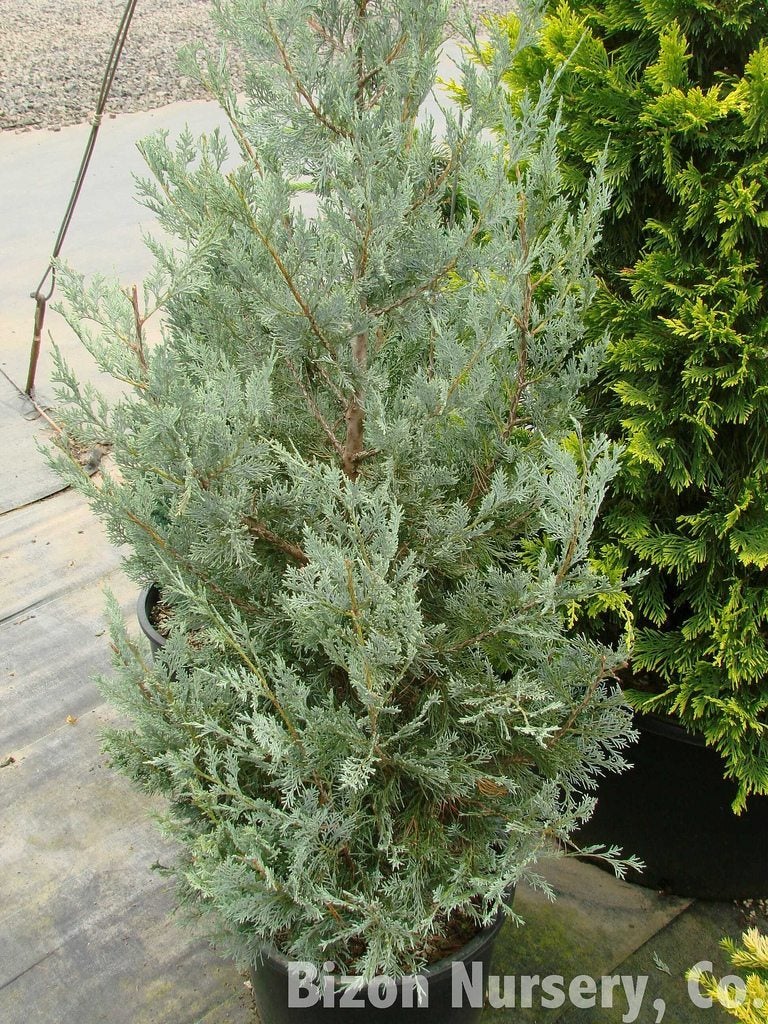 Wichita Blue Juniper Care: Tips For Growing Wichita Blue Junipers
Wichita Blue Juniper Care: Tips For Growing Wichita Blue JunipersWichita Blue juniper trees have an attractive broad-pyramid form that works well in a screen or hedge. With gorgeous silver-blue foliage all year long, these cultivars turn heads wherever they are planted. For more Wichita Blue juniper information, click here.
By Teo Spengler